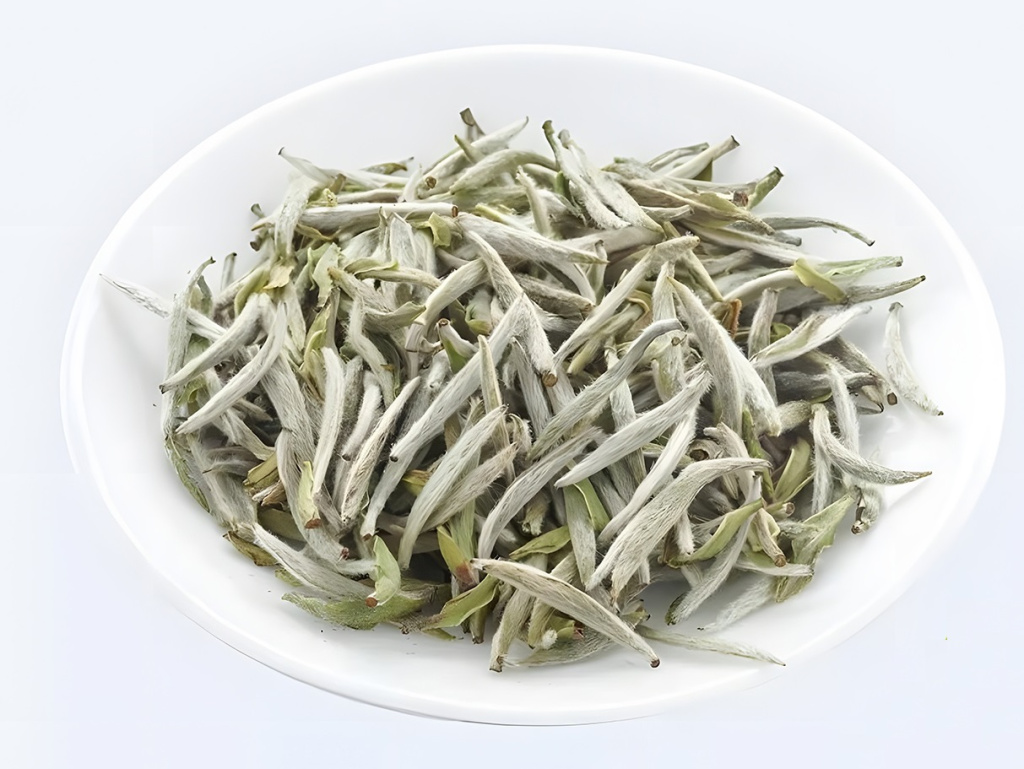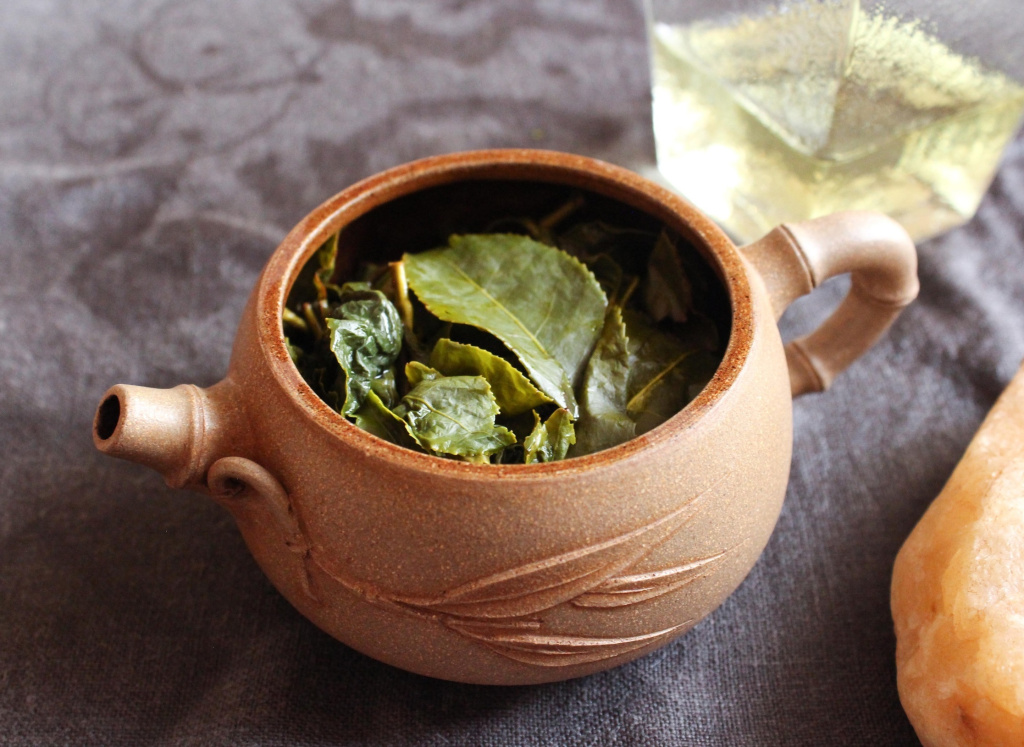Tea for the prevention and treatment of diabetes
Diabetes mellitus is one of the most common chronic diseases of our time, the peculiarity of which is the disruption of glucose metabolism in the body and can lead to serious diseases such as diabetic nephropathy, retinopathy, neuropathy and cardiovascular diseases. In recent years, scientists have been actively looking for effective and safe measures to prevent and manage this disease. Among them, special attention is paid to tea - a drink known to mankind for thousands of years and possessing not only a pleasant taste, but also many useful properties.
Green tea , black tea , white tea, oolong tea and pu-erh tea contain many bioactive compounds such as polyphenols, catechins (eg, epigallocatechin-3-gallate, EGCG), theaflavins and polysaccharides. These substances have antioxidant, anti-inflammatory and hypoglycemic properties that help regulate blood sugar levels and prevent disease. For example, research shows that tea helps enhance insulin action, reduce insulin resistance and protect pancreatic beta cells responsible for insulin production. This is especially important for people with type 2 diabetes (T2D), which accounts for 90–95% of all cases of diabetes and is associated with impaired tissue sensitivity to insulin.
Epidemiological data presented in the article demonstrate an inverse association between tea consumption and diabetes risk. For example, a US study found that people under 60 who regularly drank tea had a 23% lower risk of diabetes (HR = 0.77). A meta-analysis found that drinking four or more cups of tea per day was associated with a lower risk of developing T2D by about 20% (RR = 0.82). These data support the idea that tea may be an easy and affordable way to protect against diabetes, especially in areas where it is part of the culture, such as Japan, China, and the UK.
Experimental studies also reveal the mechanisms of action of tea. For example, EGCG, the main catechin in green tea, activates the AMPK signaling pathway, improving insulin sensitivity and reducing blood glucose levels. Black tea, rich in theaflavins, helps fight obesity, one of the risk factors for T2DM, by stimulating the “browning” of thick tissue. Pu-erh, thanks to polysaccharides, inhibits the activity of α-glucosidase, slowing the absorption of glucose in the intestine, which is especially useful for controlling sugar levels. These properties provide not only a preventive but also a therapeutic effect of tea.

When it comes to diabetes treatment, impressive results are observed. For example, green tea leads to a reduced risk of diabetic nephropathy, decreased glycogen accumulation in the renal tubules, and improved creatinine and urea levels. For the cardiovascular system, tea polyphenols activate signaling pathways such as PI3K/Akt, increasing nitric oxide production and reducing balance. In addition, EGCG protects the eyes from damage caused by hyperglycemia, making it a key factor in early diabetic retinopathy.
Clinical trials support these findings. In one study, patients with type 2 diabetes who took green tea extract showed improved glucose control and reduced levels of inflammatory markers. This suggests that tea may be an effective complement to conventional therapy, given that drinking tea does not lead to different complications compared to synthetic drugs.
It is worth noting, however, that the results of the studies are not always clear-cut. Some studies have found no significant effects of tea on diabetes, which may be due to differences in dosage, type of tea, study, or individual characteristics of the participants. However, most of the data point to the positive effects of tea, especially when consumed regularly and in moderation.

In conclusion, tea is not just a drink, it is a real ally in the fight against diabetes. Its availability, reasonable cost and pleasant taste make it a choice for millions of people around the world. Science confirms: a daily cup of tea can be a simple step towards health, helping not only to prevent diabetes, but also not to shorten the life of those who have already suffered from this disease. It is only important to remember the quality of tea and moderation in its use to ensure its use without harm to the body.
- Комментарии
- Вконтакте







